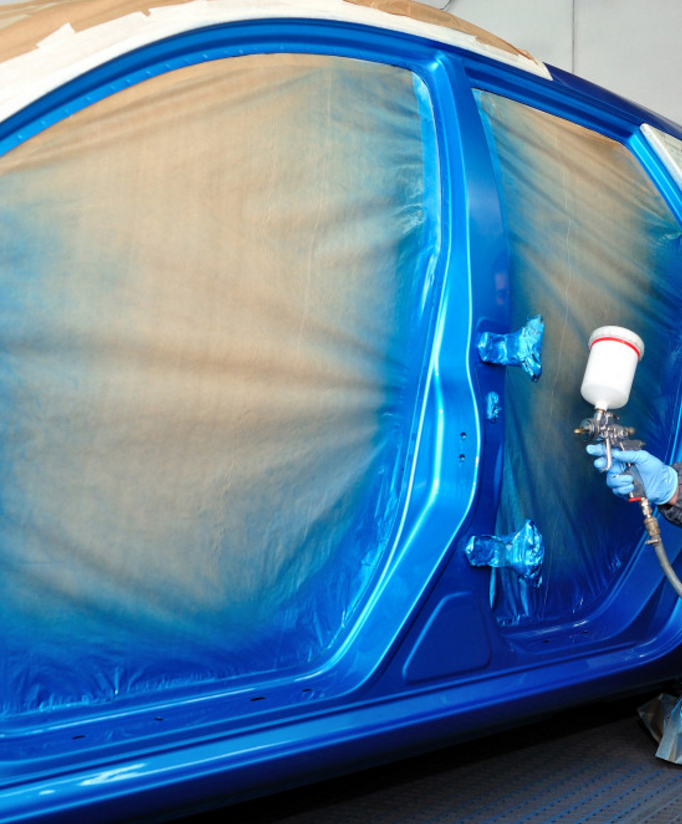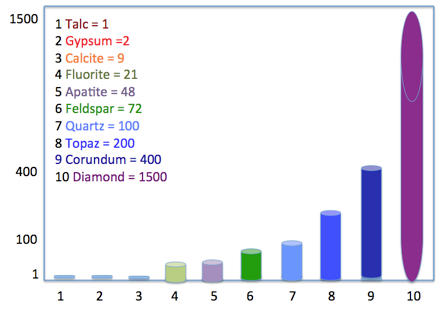Automotive Coating Failure Case Expert Witness
Challenge:
A plaintiff in a law suit involving coating failures of a waterborne automotive refinish coating line from a major global paint supplier required an expert witness in coating failures to investigate the claim, provide expert reports, depositions and deliver trial testimony.
Action:
Chemical Dynamics conducted extensive research and testing to assess how the failure occurred and to establish its repeatability. Once failure was proven, Chemical Dynamics provided thorough expert witness support.
Result:
The plaintiff won the case as the jury found the defendant guilty of fraud and misrepresentation of the product’s performance attributes. The plaintiff was awarded a multimillion dollar judgment.



